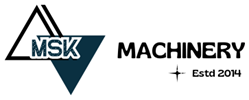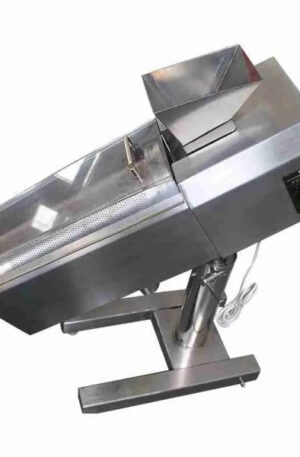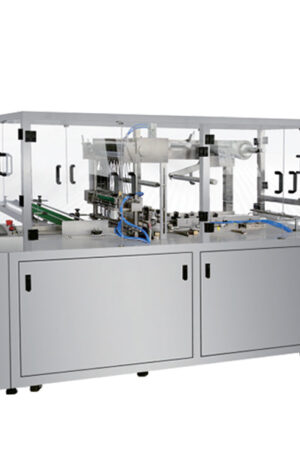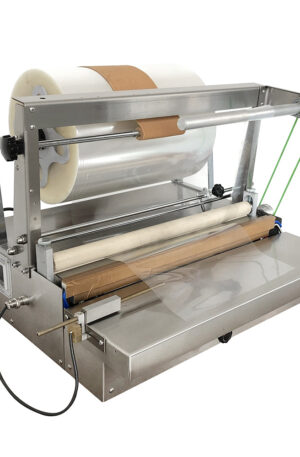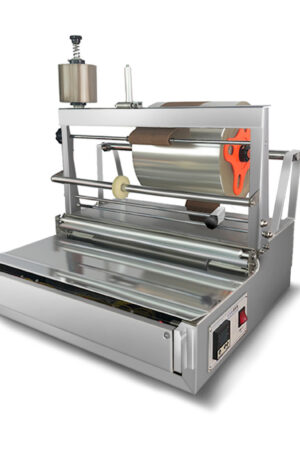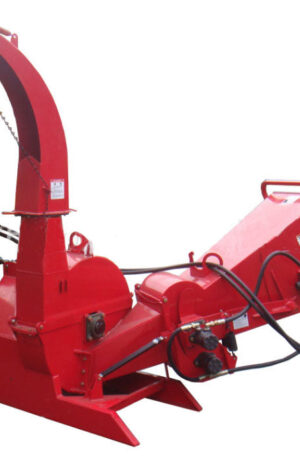Title: The Evolution of Pharmaceutical Machinery: Innovations and Advancements in Drug Manufacturing
Pharmaceutical machinery has played a crucial role in the advancement of drug manufacturing over the years. From the traditional table press machines to modern high-speed capsule filling machines, the industry has seen remarkable innovations aimed at improving efficiency and quality. Two key machines that have significantly impacted the pharmaceutical industry are the Tablet Press Machine (TDP) and the High-Speed Double Rotary Tablet Press (THDP).
The Tablet Press Machine (TDP) is a fundamental piece of equipment used in the production of tablets. It operates by compressing powder formulations into specific shapes and sizes. The TDP has evolved over time to meet the increasing demand for precision and speed in tablet manufacturing. Modern TDPs are equipped with advanced features such as automatic feeding systems, real-time monitoring sensors, and tooling changeovers, allowing pharmaceutical companies to produce high-quality tablets with minimal downtime.
On the other hand, the High-Speed Double Rotary Tablet Press (THDP) represents a major advancement in tablet manufacturing technology. This machine is capable of achieving higher production speeds and volumes compared to traditional TDPs. The THDP features a double-sided compression mechanism, allowing for faster tablet output without compromising on quality. Pharmaceutical companies benefit from the THDP’s ability to handle a wide range of tablet formulations, from simple aspirins to complex multi-layered tablets.
In recent years, the pharmaceutical machinery industry has seen a shift towards automation and digitization. Manufacturers are incorporating smart technologies such as data analytics, remote monitoring, and predictive maintenance into their machines to improve operational efficiency and reduce downtime. The integration of Industry 4.0 principles has enabled pharmaceutical companies to achieve higher output rates, improve product quality, and ensure regulatory compliance.
Furthermore, the development of flexible and modular pharmaceutical machinery has allowed companies to adapt quickly to changing market demands. Manufacturers now offer customizable solutions that can be easily reconfigured to accommodate different tablet shapes, sizes, and formulations. This flexibility enables pharmaceutical companies to maintain a competitive edge in a rapidly evolving industry.
In conclusion, the evolution of pharmaceutical machinery, particularly the advancements in table press machines like the TDP and THDP, has revolutionized drug manufacturing. With a focus on precision, speed, and flexibility, these machines have enabled pharmaceutical companies to produce high-quality tablets efficiently and cost-effectively. As the industry continues to innovate, we can expect further advancements that will shape the future of drug manufacturing for years to come.
